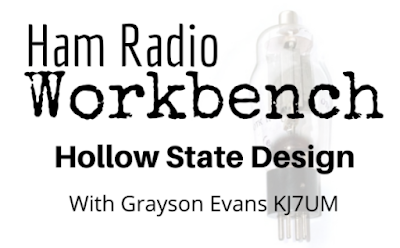We are very pleased and grateful to present this year's series of Four Days in May interviews by our FDIM correspondent Bob Crane W8SX. Once again Bob did an outstanding job interviewing the FDIM participants.
In this interview, the amazing Hans Summers talks about his latest QRP Labs kit, the QMX. It is a combination of the QCX Mini and the QDX.
Hans explains the M: QMX. The M is for Marriage. Magnificent. Merger. Marvelous, many things like that. It’s what you get when you marry the mechanical and conceptual design of QCX-mini, with the SDR, multi-band digital implementation of QDX. Simply: QDX + QCX-mini = QMX.
It has a very clever switching power supply that automatically adjust to prevent spurs and harmonics from the power supply from appearing in the band of interest.
I was especially interested in his plans to implement an SSB option in future software updates. Hans will use the same very complicated SSB generation scheme used in the trueSDX rig, but hopes to achieve higher performance and improved signal quality due to the much more robust hardware of the QMX.
Here is the interview:
http://soldersmoke.com/G0UPL23.mp3
Here is the QRP Labs site about the QMX: http://qrp-labs.com/qmx.html
Here is the QRP Labs web site: http://qrp-labs.com/
And here is a really wonderful and very current article by Hans on the evolution of QRP Labs and its rigs from 2010 right on up through 2023 and the QMX. It is really interesting:
http://qrp-labs.com/images/qmx/docs/fdim2023.pdf
Thanks to Bob Crane W8SX, Hans Summers G0UPL, and all of the FDIM organizers.

















